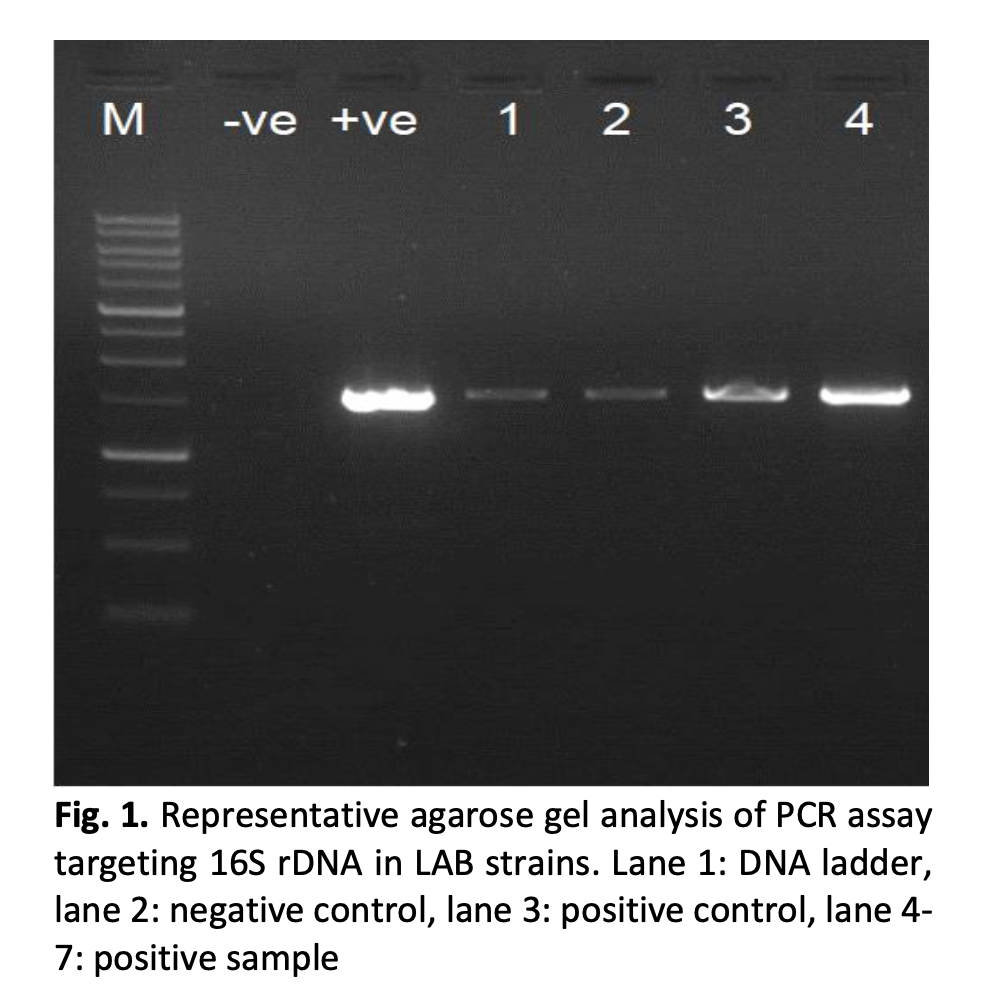Antibiotic Susceptibility and Antimicrobial Activity of Lactic Acid Bacteria from Malaysian Fermented Foods Against Biofilm-Forming Escherichia coli Strains
DOI:
https://doi.org/10.37934/araset.31.1.168182Keywords:
Antibiotic, antimicrobial activity, biofilm, food safety, probioticsAbstract
Lactic acid bacteria (LAB) are frequently employed in the food industry as food preservatives and starter cultures due to their potentially advantageous properties. Their ability to promote numerous health benefits in fermented foods has received increased attention. However, few studies have investigated the antibacterial activity of LAB and their susceptibility to antibiotics when combating biofilm-forming Escherichia coli strains. In this study, four fermented food samples were screened for presumptive LAB cultures, including Maman pickle (M5Bi), fermented fish (PB4iii), fermented durian (T6Aiii), and fermented glutinous rice (Ta2Ai), using the API 50 CHL method. The isolates were subsequently identified as Lactobacillus plantarum, L. plantarum, Pediococcus pentosaceus, and Lactobacillus pentosus, respectively, through molecular analysis of the 16S rDNA sequencing. The isolates were then assessed for antibiotic susceptibility to amoxicillin (25 µg), chloramphenicol (30 µg), tetracycline (30 µg), and erythromycin (10 µg) using the disc diffusion method. Moreover, the antibacterial activity of LAB against eight biofilm-forming E. coli strains was evaluated using the well diffusion method. The results showed that L. plantarum from the Maman pickle sample exhibited the most significant inhibitory zone against biofilm-forming E. coli strains. Importantly, all detected LAB were resistant to the four main antibiotics tested, indicating that the safety and efficacy of probiotics must be ensured before they can be developed and commercialized.




























